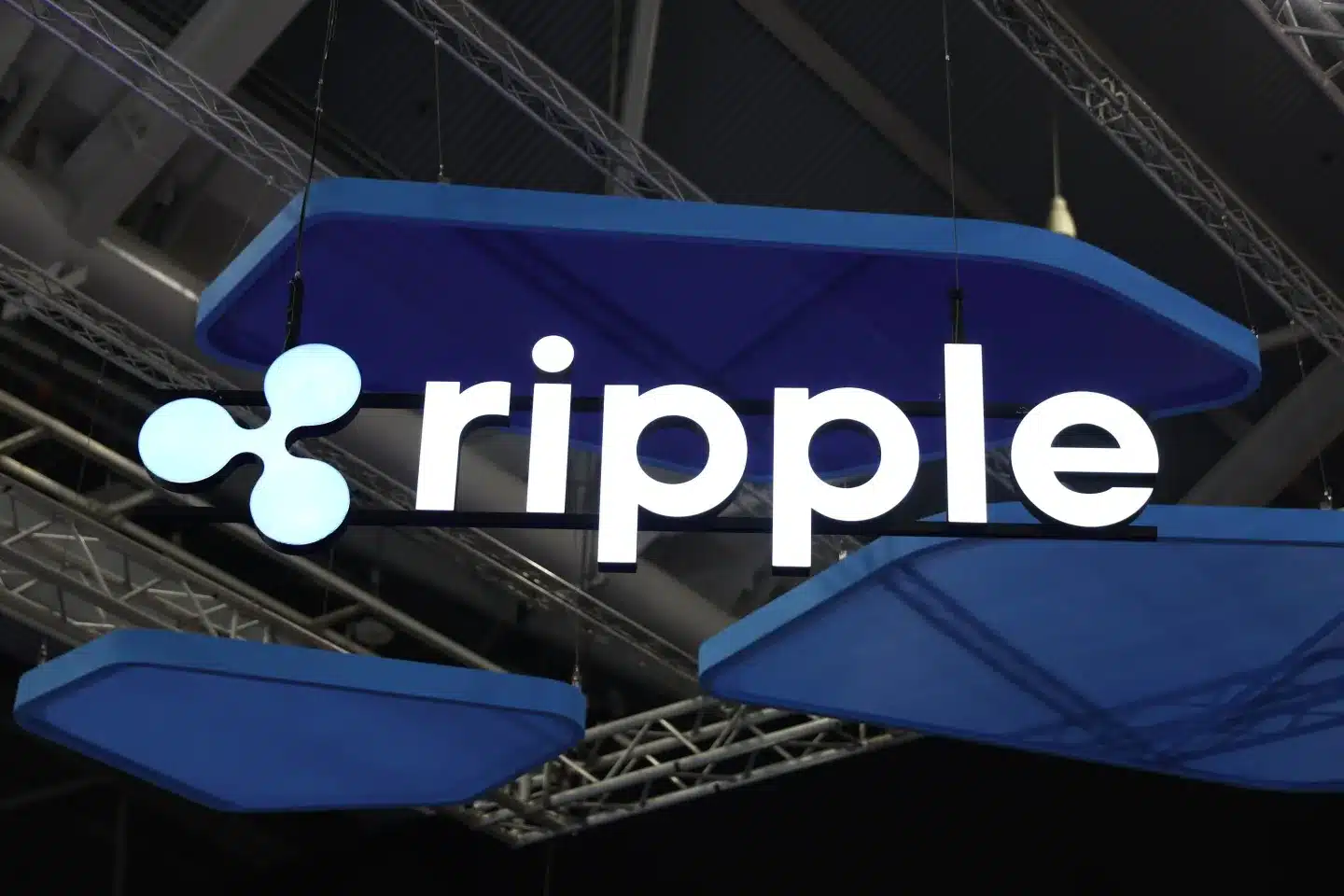A new thread shared by blockchain analyst Stellar Rippler (@StellarNews007) has brought to light a potential web of connections linking Ripple, Elon Musk, the DNA Protocol, Astera Institute, and Jed McCaleb.
The revelations suggest a deeper integration between blockchain infrastructure and genomic data systems than previously recognized.
According to a tweet posted on June 14, the DNA Protocol is now leveraging the XRP Ledger to anchor zk-SNARK-verified genome hashes. The mechanism can be used by providing decentralized object storage with a signature-based authorizer for data access, which allows immutable and sovereign bio-identity.
Also Read: XRP Projected to Reach $10 and $24 Before End of Cycle
The tweet pointed out that the system is cryptographically certified by multiple layers and allows a permissioned access design that relies upon the user’s permission. Privacy, verifiability, and long-term data control are introduced to genomic information management, which is integrated into the XRP Ledger.
Ripple’s role in this project points to its broader functionality beyond payments. According to Stellar Rippler, Ripple is establishing itself as a digital infrastructure provider of tokenization, real-world assets, banking systems, liquidity rails, and now healthcare and genomic sequencing.
Astera’s Role and the Re-Emergence of Halcyon’s Vision
The same thread draws a connection to Astera Institute, led by Jed McCaleb, co-founder of both Ripple and Stellar. Astera’s focus on decentralized science and human longevity aligns closely with the goals of DNA Protocol.
(1/🧵) Ripple. DNA Protocol. Elon Musk. PayPal Mafia. Astera. Jed McCaleb. All Connected?
🧬 Was Elon Musk and Peter Thiel backed Halcyon Molecular really abandoned?
They’re resurfacing.
But this time… On the XRP Ledger.
Elon. Astera. Ripple. DNA Protocol.
Let me explain🧵👇 pic.twitter.com/eKHE5ed7VF
— Stellar Rippler🚀 (@StellarNews007) June 14, 2025
Further, McCaleb’s Astera is reportedly backed by quiet funding from Silicon Valley insiders. This backing mirrors the financial support once given to Halcyon Molecular, a biotech venture from the early 2000s.
Halcyon was a company financed by Elon Musk and Peter Thiel to sequence the human genome in under ten minutes at a cost of less than 100.
Halcyon’s plans were eventually thwarted as financial problems befell the company, as discussed in Stellar Rippler’s previous tweets. But its revival seems to be realized with the latest combination of blockchain and biotech, where the ledger created by Ripple is taking a central position in this integration.
Blockchain, Genomic Privacy, and Ripple’s Expanding Infrastructure
As described in the thread, DNA Protocol enables users to verify genomic identity using zk-SNARKs without exposing their actual genome. This ensures sovereign control over sensitive data and allows secure access on a consent-driven basis.
Furthermore, the tweet states that while Ripple is often viewed as a payment network, the company could be evolving into a broader platform. According to the analyst, Ripple’s vision may parallel Elon Musk’s “X” platform by merging financial infrastructure, identity systems, healthcare data, and tokenization under one ecosystem.
Contributions from researchers @RedPilledPro and @datruthhuts were also credited for their role in uncovering the foundational links that connect Ripple, McCaleb, DNA Protocol, and the biotech legacy of Halcyon Molecular.
Conclusion
The overlapping ties between Ripple, Elon Musk’s early biotech investments, DNA Protocol’s emerging technology, and Jed McCaleb’s Astera Institute suggest an evolving narrative. As blockchain technology integrates with genomic science and decentralized identity, Ripple’s infrastructure could become central to a new model of digital finance, healthcare, and sovereign data systems.
Also Read: Bitcoin Soars Above $106K as Ethereum and Solana Lead Altcoin Comeback

